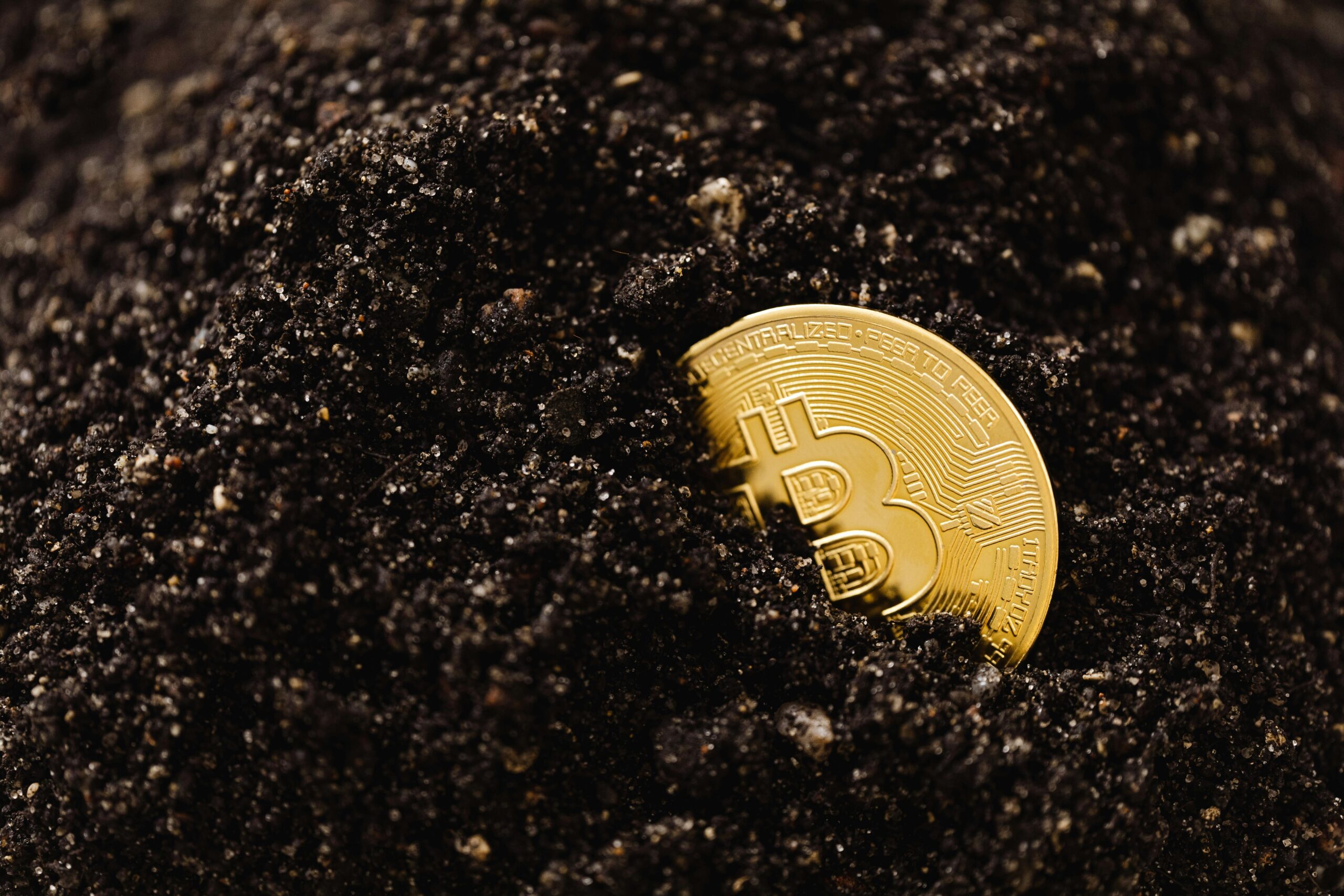A Deep Dive into Crypto Mining Explained
CryptocurrencyHave you thought about how new cryptocurrencies such as Bitcoin are created, or how the whole ecosystem remains secured without a bank or central authority managing things? The solution can be found in a captivating yet frequently misunderstood cryptocurrency mining. It is nowhere near actual digging; it is a technological global race that supports most digital currencies. For this post, let us explain everything about crypto mining, what it is, why it is useful, and how it operates. Knowing this fundamental aspect is necessary if you are to understand fully the power and possibilities of that blockchain technology can offer.
Fundamentally, cryptocurrency mining entails verifying new transactions and incorporating them into a public ledger or blockchain. Blinded by the reward at the end, “miners” compete as they attempt to solve intricate word problems, which demand significant computational firepower. Each miner first prepares a group of transactions and organizes them into a “block”. To finish the block, a word problem needs to be solved. As soon as it is done, it can be added to the chain. The solution is called “proof-of-work” and proves that considerable computational work has been done. Because it is competitive, the winner is the first person who finds the solution. They are given their block on the chain – coinbase reward +transaction fees associated with the block.
While the reward system is based upon proof-of-work, the network itself is secured by the fact that it becomes heavily expensive and complex to alter previous transactions. In addition to removing coins, the network is prevented from being attacked by giving less value and decreasing the amount of currency when they try to sabotage it.
Although the “proof-of-work” model discussed above remains the archetype and most familiar type of mining, it is certainly not the only one out there. One of the major talking points for this form of crypto mining is the significant amount of energy it consumes, giving rise to more eco-friendly alternatives. The most notable of these is “proof of stake.” In this model, members, often referred to as ‘validators’ instead of ‘miners’, put up a certain amount of their cryptocurrency as collateral or a “stake.” Instead of a computational race, the network elects one validator to form the next block, usually considering the amount pledged and some other factors. Rather than a high-octane dash, this is like a lottery where the chances of getting selected for the reward increase with the amount of coins staked. This shift simultaneously resolves some of the environmental issues and marks a notable change towards the way blockchain networks secured and reached consensus.

